The Yenisei radar has been put into service. New opportunities for air defense missile defense
The promising multifunctional radar station "Yenisei" has been adopted by the Russian army. Due to high performance and new features, this product will be able to increase the overall potential of air defense. In addition, in the near future, this radar will become part of the S-500 anti-aircraft missile system.
Secret Project
Not much is known about the promising Yenisei radar so far. There are only fragmentary official reports, information from unnamed sources and various estimates. This allows you to create an approximate picture and understand the general prospects of the project, but imposes certain limitations.
The first open reports on the development work of the Yenisei date back to the mid-2014s. This R&D was mentioned in the annual reports of enterprises from the Almaz-Antey Concern. According to these documents, in XNUMX Lianozovsky Electromechanical Plant completed the stages of development of working design documentation. No details were given, however.
In April 2018, the Rossiya 1 TV channel showed a report on air defense exercises at the Ashuluk training ground. A number of already familiar samples that were in service fell into the camera lens. In addition, for the first time they openly showed and named the promising Yenisei radar. Also revealed the main characteristics of this product, but without unnecessary details.
Finally, on May 13, 2021, Gazeta.ru, citing its sources in the military-industrial complex, reports that the Yenisei has been adopted by the air defense and missile defense forces of the aerospace forces. The issues of organizing mass production and the supply of new equipment in part have not yet been disclosed. At the same time, some technical details are given and the prospects for a new development are revealed.
Technical appearance
The appearance of the new radar has so far been shown only once, in a 2018 report. The station was shown in working position along with other components of the radar complex. The shooting was carried out only from one angle, but even this allows us to consider the main features of the product.
Outwardly, the new Yenisei radar resembles the well-known 96L6E All-Altitude Detector station. It is also built on a four-axle MZKT chassis and has a similar layout. A full-rotation antenna device and a container with equipment are placed on the cargo platform. At the same time, the two stations even outwardly differ from each other - they use different antennas. During the 2018 exercise, two van trailers of unclear purpose were located near the radar. Whether they are included in the station's kit is unknown.
"Yenisei" is equipped with an active phased antenna array. In the stowed position, it is laid horizontally, above the cab. When deployed, the AFAR rises to the required angle. The antenna device is capable of rotating to provide a circular view or work in a given sector
Outwardly, the Yenisei AFAR is similar to the devices from the 96L6E composition, but there are significant differences. So, the main fabric of the antenna is divided into two sections of different sizes, at the top there is an additional block of unknown purpose, and the lower part is equipped not with an open lattice antenna, but with closed blocks. All this makes it possible to distinguish between two modern types of radars.
Main Features
According to known data, the Yenisei radar is a multifunctional system capable of detecting and tracking aerodynamic and ballistic targets at ranges up to 600 km and altitudes up to 100 km. Target data is issued to the command post for further use by other air defense components. It is reported that there are several modes of operation with different capabilities.
The main mode is radar with the transmission of probing signals. Declared high characteristics of the range and accuracy of detection. It also provides resistance to electronic warfare. At the same time, new technical solutions make it possible to improve the accuracy of target designation in the presence of interference.
A passive mode is provided, in which the radar operates on the principle of an electronic intelligence station. In this case, the Yenisei receives and processes other people's signals, but does not give itself away with its own radiation. In this mode, the possibility of issuing target designation to air defense fire weapons remains.
Unlike the All-Altitude Detector, the new Yenisei can operate not only in a circular view mode, but also in a narrow sector. This provides an increase in performance in the detection of ballistic targets. In addition, long-term operation in combat duty mode is provided, exceeding the capabilities of older systems.
All modern domestic radars operate in automatic mode, due to which the maximum speed of the station and the air defense system as a whole is achieved, and the load on calculations is also reduced. The new Yenisei is no exception and includes high-performance computing facilities.
Applications
In 2018, the Yenisei station was used during the exercises of the air defense and missile defense forces. Together with other radars, this product ensured the operation of the S-400 anti-aircraft missile systems. It follows from this that the "Yenisei" is compatible with modern systems and can complement their regular facilities, increasing the overall performance.
It was also reported that the Yenisei will be part of the promising S-500 Triumfator / Prometheus air defense system. Again, we are talking about the use of several radars for different purposes, between which the tasks of searching for various targets with certain features will be divided. In such a system, the Yenisei can become the main means of searching for air targets and target designation.
From the available data it follows that the new radar has important advantages over existing models. So, the standard 91N6E early warning station from the S-400 air defense system has a detection range of up to 570 km (for large targets), and the 96L6E product monitors objects at ranges up to 300-400 km at altitudes up to 100 km. It is easy to see that the Yenisei, with a range of 600 km and an altitude of 100 km, is capable of replacing both of these models. The increased speed and other features of this station will allow such a replacement without loss.
Obviously, the introduction of the "Yenisei" in the troops will not be associated with serious difficulties. The ability of such a radar to operate as part of existing anti-aircraft systems has been confirmed by tests and exercises. Accordingly, serial stations expected in the near future can be immediately included in the S-400 and put on duty.
The situation with the S-500 complex also gives reasons for optimism. Earlier it was reported that the design and development of all its components have been successfully completed. This year, the first contract for the construction and delivery of the Triumfator to the troops is expected. Together with new missiles, launchers, etc. the army can also order Yenisei radar stations. The timing of putting the S-500 on duty is still unknown, but the prospects for the new radar in this context are quite clear.
Radar Perspectives
Thus, the process of creating new radio-electronic systems for the air defense and anti-missile defense forces does not stop. A new station "Yenisei" has been created, which now has to go into a large series and enter full-fledged operation. It should be expected that the appearance of such a sample, characterized by high performance and wide capabilities, will positively affect both existing and future anti-aircraft systems.
In addition, we can count on the fact that now the army and industry will reveal detailed information about the new domestic development. It is quite possible that currently available data and estimates do not fully correspond to the real state of affairs - and Yenisei is more effective than it is believed.
- Ryabov Kirill
- All-Russian State Television and Radio Broadcasting Company / State Television and Radio Broadcasting Company "Lotos", Wikimedia Commons
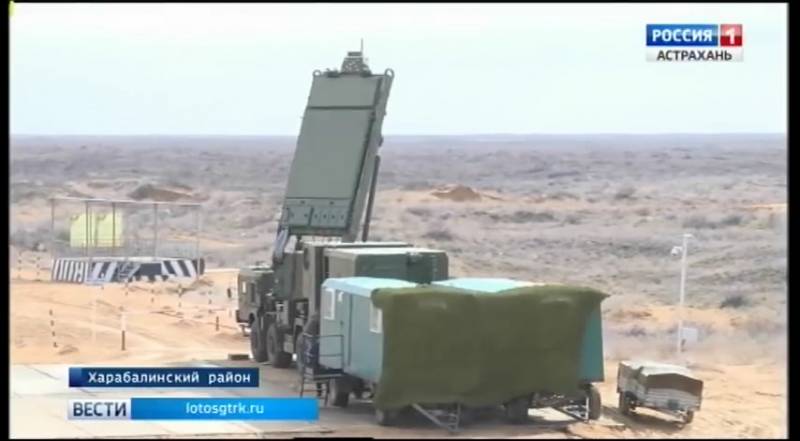
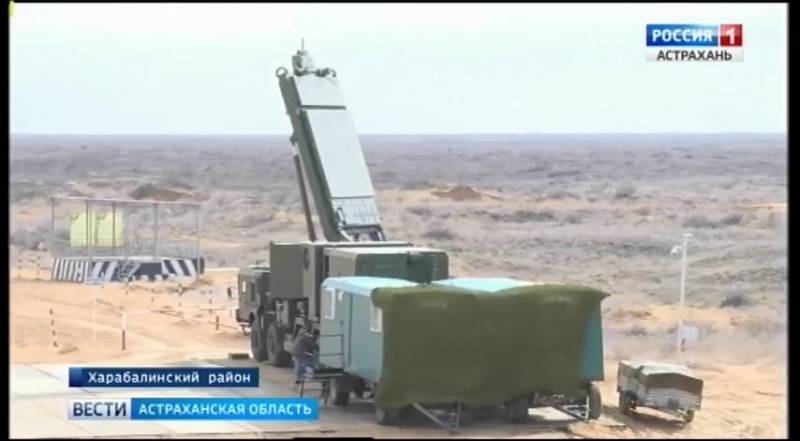
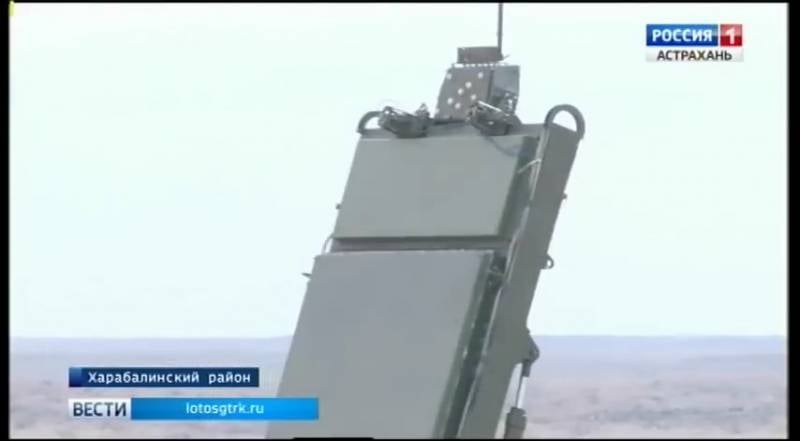
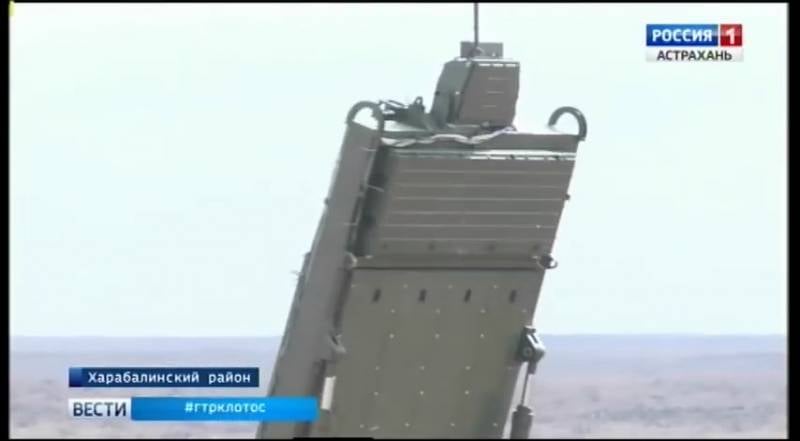
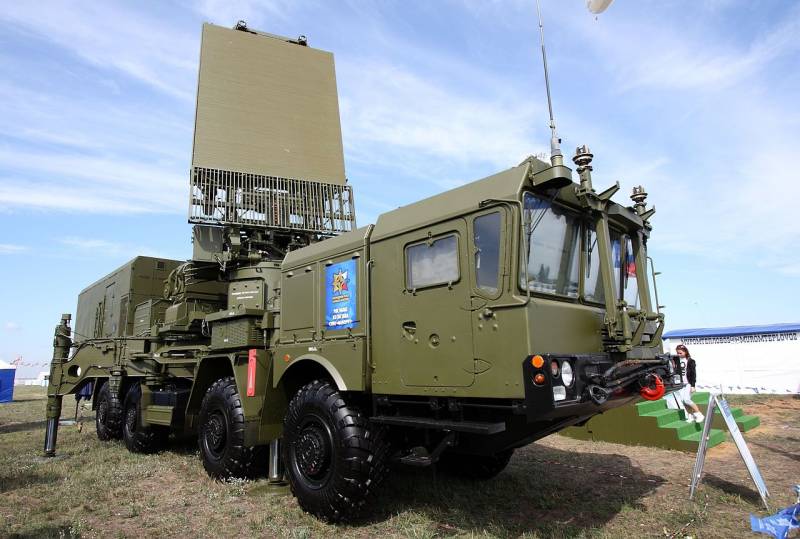
Information